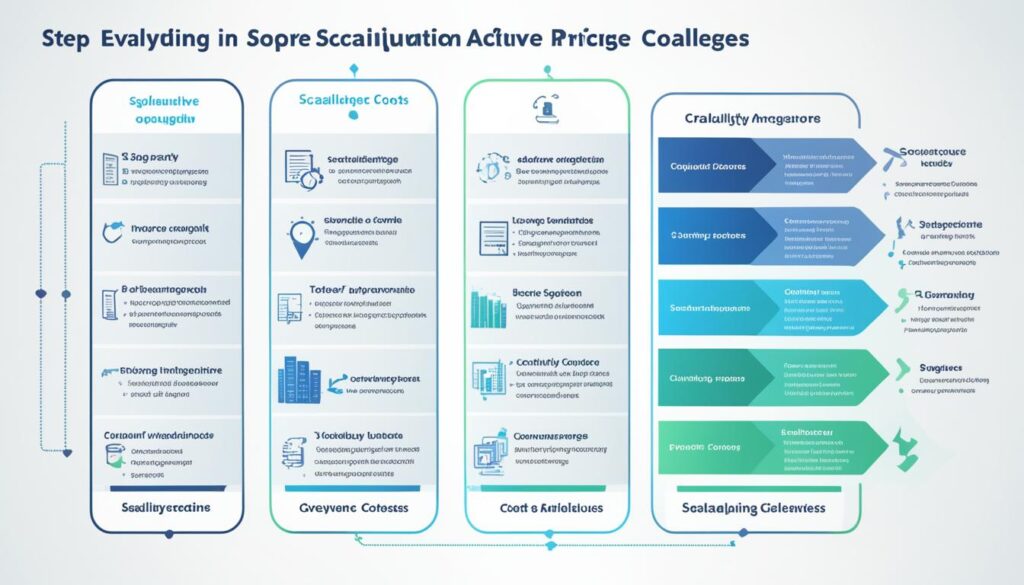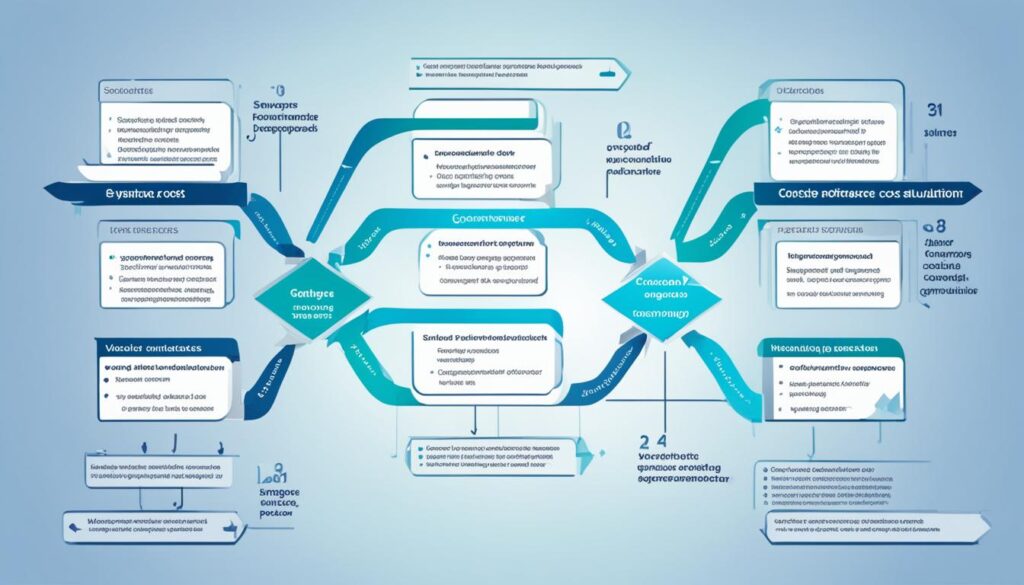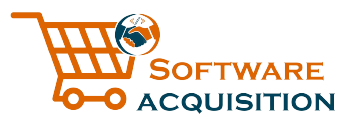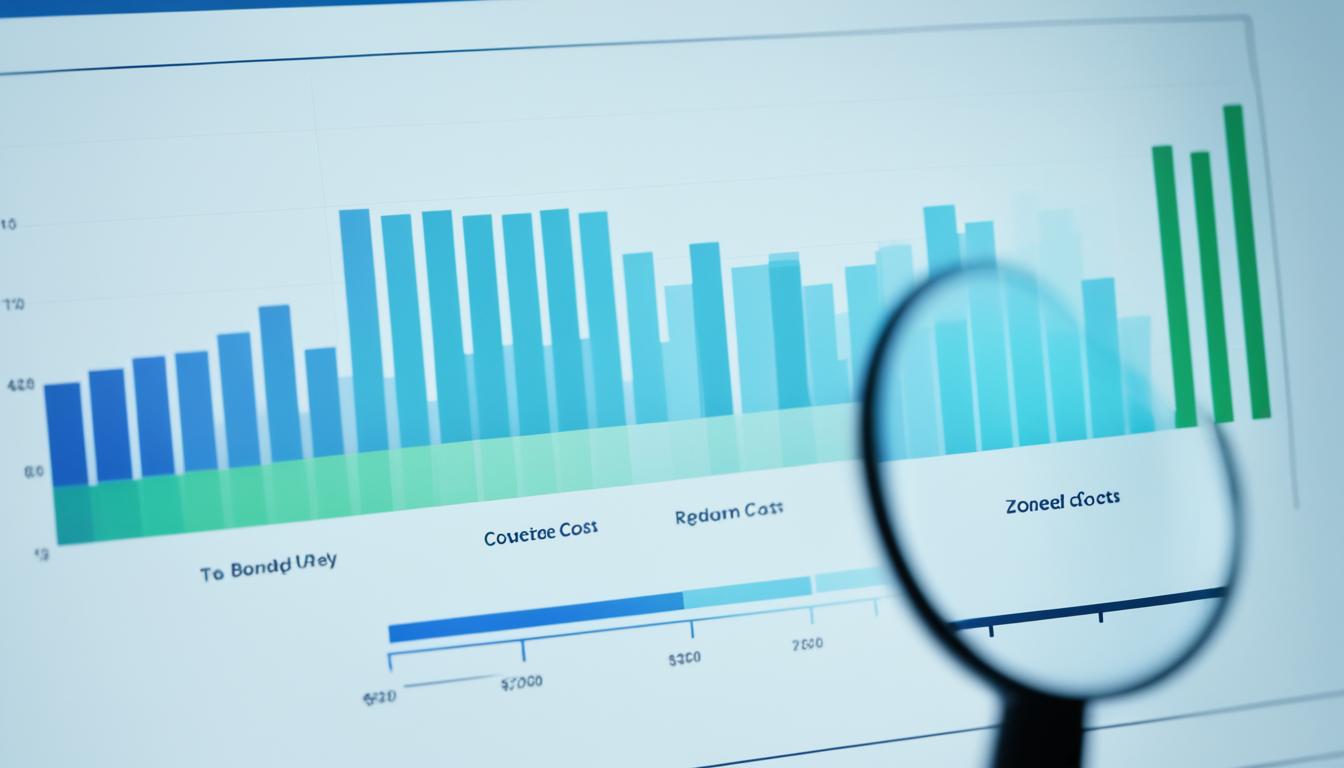Looking deeply into software costs is key for companies that want to run better and stay ahead. Picking the right software is more than just about features. It’s also about who the vendor is, what tech stuff you need, and most importantly, how much it all costs together. Choosing gets tough because every business has its own special needs. With so many different things to think about, having a clear way to pick is crucial. Software Advice’s 2024 Tech Trends Survey revealed that 58% of U.S. companies regret buying certain software. And 41% of them think these choices made them less competitive. So, it’s really important to check everything closely when picking software.
Often, companies end up not liking the software they buy because they didn’t involve everyone who should have been involved in the decision. When important people are left out, companies might pick software that doesn’t work well with what they already have or doesn’t do all the things they need. It’s smart for companies to put together a team to pick software. This team should have people from all over the company, like people who will use the software, folks from IT, managers, and those who control the money. This way, they can look at all sides of the software and its costs. Also, they should think about more than just the price tag. They should consider things like the equipment it needs, who will support it, and the effect it might have on how well everyone can work if it breaks.
Key Takeaways
- 58% of U.S. businesses experience software purchase regret, leading to them being less competitive.
- A detailed look into software costs should include thinking about all the expenses linked to it.
- Getting the right people involved in choosing software is vital to avoid problems like incompatibility or not meeting needs.
- A good team for picking software includes people from different parts of the company.
- Being careful when choosing software can help avoid bad choices and make the business grow and work better.
Understanding Software Evaluation: The Basics
Today’s business world is tough. Knowing how to pick the right software is key. It helps companies work better and stay ahead.
What is Software Evaluation?
Software evaluation carefully checks if an app fits, works well, and helps a business. Leaman Crews says tech can boost work and business success if chosen wisely.
Why is Software Evaluation Important?
Looking at software before buying is crucial. Software Advice found that many U.S. companies pick the wrong ones. They often fail to calculate software costs right. Companies do better when many people help in choosing and using the software.
Critical Components of Software Evaluation
Choosing software involves looking at its features, total costs, and extra expenses. This helps in making smart choices. Checking if software meets business needs is vital. Also, check the Total Cost of Ownership (TCO) which includes all costs.
The support from the software vendor is also key. They should have a good track record and be ready to help. For companies lacking strong cybersecurity, choosing secure software is a must.
A full evaluation, including the software’s cost, is important. Doing it right leads to choices that match a company’s goals and needs well.
How to Evaluate Software Acquisition Costs
When looking at software costs, start by understanding what the organization needs. Next, find out what features are essential. Then, choose the best vendor. This approach helps in figuring out the total cost of purchasing software. It ensures the cost estimate is accurate.

Conducting a Needs Analysis
Begin by carefully looking at what your organization really needs. This could be to boost online sales or cut down on server costs. Pinpointing these main goals guides you in the following steps. This solid start ensures your efforts align with the organization’s overarching goals.
Identifying Must-Have Features and Nice-to-Haves
Once the needs are clear, figure out what software features are must-haves and what are nice-to-haves. Must-haves are essential for achieving your main goals. Nice-to-haves bring extra benefits but aren’t crucial. By making this distinction, you can focus on what’s most important. This way, you prevent spending more than necessary.
Selecting the Right Vendor
Finally, choose a vendor who can fulfill your needs at an affordable price. Look at what different vendors offer. Consider how easy their software is to set up, the quality of their support, and any training they provide. Total ownership costs are also important. They include the initial expense and any ongoing costs. Gartner provides a trusted process for evaluating vendors. It helps you make a well-informed choice.
Calculating Total Cost of Ownership (TCO)
It’s crucial to know the total cost of ownership (TCO) for software. TCO looks at all costs in buying, running, and getting rid of software. This gives a full picture of what you might spend.
The first costs are the buying price, costs for making the software, and setting it up. These costs are key for seeing if the software is really cost-effective.
The costs to run the software include fixes, using power, and help from experts. This also includes updates, the money lost when things are offline, and following rules. These costs can change a lot, which makes working out if the software saves money tough but important.
When you stop using the software, there’s a cost too. This can cover keeping data safe, throwing away or reusing stuff, and getting new things. These last-stage costs are part of the big picture when figuring out TCO.
Knowing the TCO is hard because running and ending costs can change a lot. Some costs might not be obvious. To do this right, you have to consider rising prices and make sure your numbers are correct. You should also think about what good things the software brings. Looking at all these points helps TCO fit with what your company wants.
It’s also key to notice when you don’t buy the software forever, but only use it for a while. The starting costs might go down, but you have to think about paying every year. This part is very important when working out TCO.
Looking at computer costs is needed when you’re putting software in. You should see if you need new stuff or if what you have is enough. Don’t forget about the power costs too. These are a big part of understanding software costs.
“Businesses should meticulously analyze indirect costs such as downtime, quality assurance, testing, configuration, training, and more during the installation phase.”
After the software is in, you have to look after it. This means making changes, joining it with other tools, and keeping it up to date. There should also be training for how to use it and making sure you’re not using too many licenses. All of these things keep the cost of using the software down.
When you finish with the software, you need to get rid of the parts safely. This includes making sure no important data is lost. Adding in these costs makes your TCO numbers right. This is very important for plans about the future.
Getting the TCO right helps top bosses see if buying the software was a good idea. It guides choices and makes sure the company spends money on what’s most important.
| Cost Category | Examples |
|---|---|
| Initial Cost | Purchase price, Development, Installation |
| Operating Cost | Maintenance, Technical Support, Energy |
| Retirement Cost | Data Security, Disposal, Transition Costs |
| Challenges | Fluctuating Costs, Missing Components |
| Strategies | Inflation Averages, Accuracy Checks |
Looking at all these parts helps companies study software costs well. This leads to smarter choices and saves money in the long run.
Steps for a Cost-Effective Software Evaluation Process
Making sure your software evaluation is thorough and cost-effective is crucial for staying competitive. In a recent survey by Software Advice, it was found that 58% of U.S. businesses regretted their software purchases. To avoid these regrets, software cost evaluation techniques are essential. This can help businesses make smarter choices when looking at the cost of software acquisition.
Form a Software Evaluation Team
Putting together a strong software evaluation team is key. It should have people from all sorts of departments and levels of management. This mix ensures the software will meet various organizational needs. When departments make choices alone, they often end up buying the wrong software. This shows just how important working together is.
Evaluate Usability and Technical Capabilities
It is important to check if the software is easy to use and meets your technical needs. This determines if the software will fit not just now but also in the future. Focusing on what’s truly needed and any possible technical issues makes software cost evaluation techniques easier to handle.
Reviewing Customer Support and Training
Looking into the support and training a software comes with is vital. Good support and training can make life easier after you’ve bought the software. This can add a lot of value for your business. It’s a big part of figuring out if the software’s cost makes sense.
Ensuring Security and Compliance
Checking the software’s security and compliance is a must. This ensures it follows the rules and keeps your data safe. With security threats getting more common, checking these points helps you trust the software more.
Taking a team approach and using feedback and thorough analysis improves software cost evaluation techniques. This way, your investment fits well with your business’s goals.

Tips on Making the Final Decision
Choosing the right software needs more than just pricing in mind. It’s key to get many people from your company involved and see detailed demos. These steps help you understand how the software will help you, focusing on its quality and what it might cost versus its benefits.
Getting advice from others in your industry and making sure the software fits with your current tech are smart moves. This way, you can save on costs now and in the future.
It’s also important to look at how the software matches with your company’s plans and daily needs. Make sure you:
- Check if it meets special needs, like where it works around the world.
- Use clear criteria to check out different software vendors.
- Test the software to see if it performs like you expect.
Plus, using a money-focused tool to compare the costs to the benefits can help make a strong choice. This step helps companies pick software that will bring in more value than it costs.
Finally, listening to what your customers think and picking software based on what users want can boost sales. It could lower how much it costs to get a new customer and help your business run smoother.
Conclusion
Choosing the right software requires a detailed evaluation process. Companies must carefully look at all costs, think about what they really need, and involve all the key people. It is essential to focus on analyzing your needs, picking out important features, choosing the best provider, and calculating total ownership costs.
When it comes to buying software, many costs should be considered. For example, the initial cost of the software can vary widely. Then there are additional costs like taxes, which differ in each country. This is why a thorough cost analysis is crucial.
Acquisitions can widen a company’s reach, such as Home Depot did by buying SRS Distribution Inc. Every industry has its particular expenses, like renting equipment or travel costs. To manage these financial aspects well, smart companies spread their costs over time through amortization.
Following a clear purchase process and including all the important financial aspects can lead to a successful software adoption. This strategy helps companies grow and stay competitive in a rapidly changing world.




